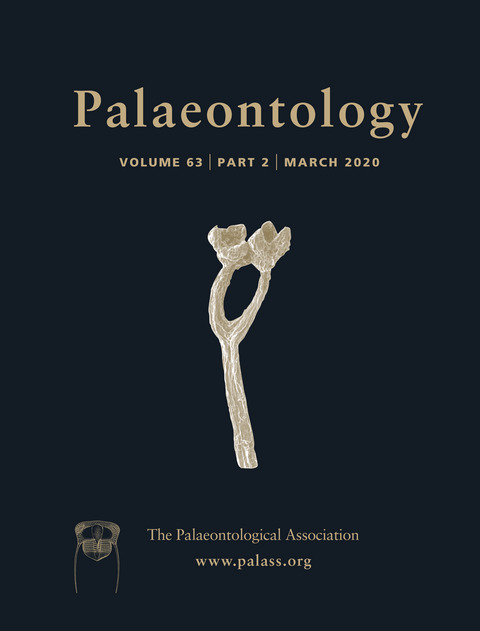Reg. Charity No. 1168330

Evolutionary transitions between quadrupedal and bipedal postures are pivotal to the diversification of amniotes on land, including in our own lineage (Hominini). Heterochrony is suggested as a macroevolutionary mechanism for postural transitions but understanding postural evolution in deep time is hindered by a lack of methods for inferring posture in extinct species. Dinosaurs are an excellent natural laboratory for understanding postural transitions because they demonstrate at least four instances of quadrupedality evolving from bipedality, and heterochronic processes have been put forward as an explanatory model for these transitions. We extend a quantitative method for reliably inferring posture in tetrapods to the study of ontogenetic postural transitions using measurements of proportional limb robusticity. We apply this to ontogenetic series of living and extinct amniotes, focusing on dinosaurs. Our method correctly predicts the general pattern of ontogenetic conservation of quadrupedal and bipedal postures in many living amniote species and infers the same pattern in some dinosaurs. Furthermore, it correctly predicts the ontogenetic postural shift from quadrupedal crawling to bipedal walking in humans. We also infer a transition from early ontogenetic quadrupedality to late‐ontogenetic bipedality in the transitional sauropodomorph dinosaur Mussaurus patagonicus and possibly in the early branching ceratopsian Psittacosaurus lujiatunensis but not in the sauropodomorph Massospondylus carinatus. The phylogenetic positions of these ontogenetic shifts suggest that heterochrony may play a role in the macroevolution of posture, at least in dinosaurs. Our method has substantial potential for testing evolutionary transitions between locomotor modes, especially in elucidating the role of evolutionary mechanisms like heterochrony.